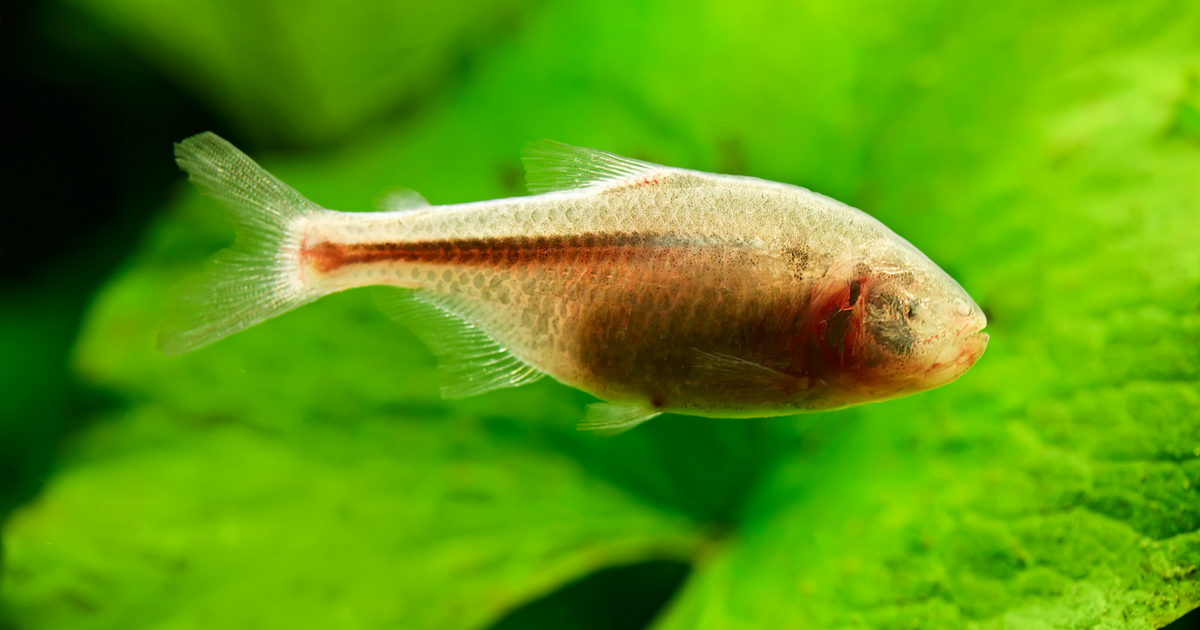
This Blind Little Cave Fish May Be the Key to Helping People with Type II Diabetes
No human disease is exactly what you’d call fun. Some, though, are more manageable than others.
For instance, most people with hypertension can live essentially normal lives if they make a few tweaks to their diet, exercise, and take relatively mild medications. This is not the case with diabetes.
Most of us know that the U.S. National Library of Medicine’s MedlinePlus tells us: “Diabetes is a disease in which your blood glucose, or blood sugar, levels are too high.”
Over time, all of that sugar cruising around in your veins can cause a lot of problems. Count blindness, kidney damage, heart attack, stroke, and limb loss as potential side effects.
Though we can treat diabetes, we haven’t found a cure for it yet. But thanks to a tiny Mexican fish, we may be one step closer.
The Mexican cavefish (also known as Astyanax mexicanus) is one strangle little denizen of the deep. This tiny fish doesn’t behave like your ordinary flippered friend.
According to Medical Express, its least odd characteristic is perhaps its most noticeable one: It has no eyes.
One of the ways the little critters have adapted to their light-free underwater environment in northeast Mexico is to not grow eyes. Additionally, they don’t sleep.
Researchers have latched onto that strange fact and begun using it to study insomnia. But perhaps the strangest thing about the Mexican cavefish is one of the hardest to notice — and may hold the key to helping people who suffer from diabetes.
The New York Times reported, “They’re blind and fat and they are insatiable. They will eat anything — guano, black worms, dead and decaying fish — and they will keep eating until all the food is gone.
“Unlike other fish, which eventually get full, these fat fish just keep going. They are Mexican cavefish, which … adapted to living in a place where food is only available twice a year when the river floods by getting as fat as possible.”
They also have many markers of diabetes. Yet they show none of the disease’s negative side effects.
Kinder World reported on a study of the fish that appeared in the March 29, 2018, issue of Nature. It turns out that the cavefish is insulin resistant and has high blood sugar.
However, those issues don’t seem to harm the fish. In fact, it may actually help them.
Researchers discovered that the insulin resistance seems to aid them in surviving in their harsh environment. How? It helps them turn glucose into fat so that they can survive for long periods without feeding.
Scientists have known that the Astyanax mexicanus was something special for a very long time. Phys.org covered a 2016 study presented at The Allied Genetics Conference that came to similar conclusions.
“We found that cavefish have very high body fat levels, are very starvation resistant, and have symptoms reminiscent of human diseases such as diabetes and nonalcoholic fatty liver disease,” lead author Dr. Nicolas Rohner from the Stowers Institute for Medical Research stated. “However, the fish remain healthy and don’t have any obvious health problems like we see in humans.”
It may take quite some time before the mysteries of the Mexican cavefish can help humans. But here’s to hoping that one day they will aid those who have to suffer their whole lives with diabetes.
Truth and Accuracy
We are committed to truth and accuracy in all of our journalism. Read our editorial standards.
Advertise with The Western Journal and reach millions of highly engaged readers, while supporting our work. Advertise Today.












